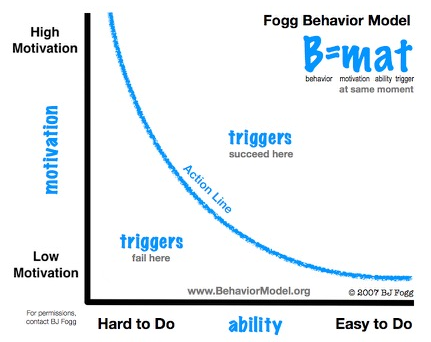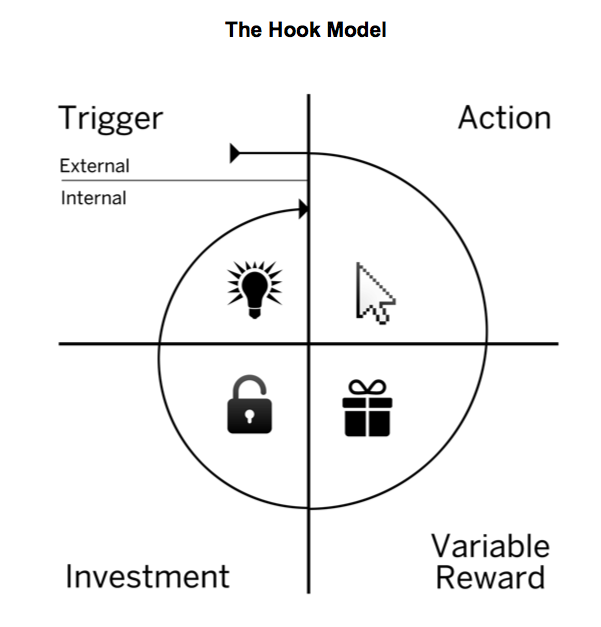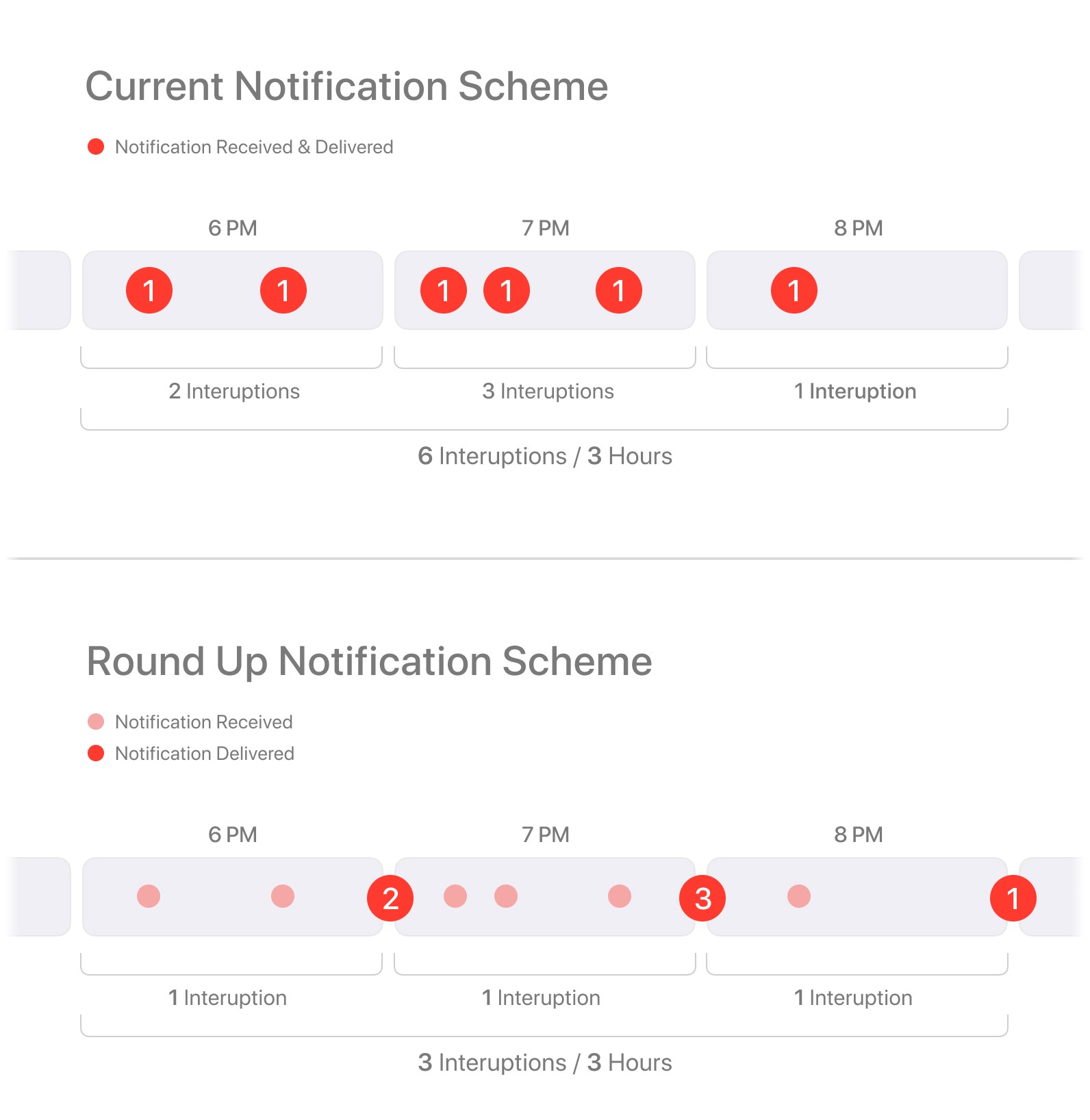Reverse Engineering Habits
“Smartphone addiction” is a bit of a misnomer as people aren’t addicted to the phones per se, but to the actual apps installed on them. In order to understand how to combat habitual behavior, we first need to understand how these apps are designed to suck our attention.

Several years ago, “behavioral design” became a buzzword in design circles as a discipline to engineer desirable behavior in users. Dr.BJ Fogg founded the Persuasive Tech Lab at Stanford University and created the Fogg Behavioral Model, which states that behavior results from sufficient motivation and ability, combined with a trigger.
One of Fogg’s students Nir Eyal, synthesized Fogg’s model into the Hook Framework for designing habit-forming products:

Don’t Trigger Me
As you can see, Triggers are the catalysts of habitual behavior and in the context of smart devices, the ultimate manifestation of an external trigger is the notification; that piercing “ding” that sucks our attention into a rabbit hole of endless feeds for way longer than we intended.
Frequent notifications are the enemy of flow, so a clever way to reduce them is what I call Roundup- instead of delivering notifications as they come, they’re rounded up to a preset time frame and delivered in batches. For example, instead of delivering 6 separate notifications between 10AM and 11AM, deliver all 6 notification at 11AM:

Interval can be set by the user, ex: 5min, 10min, 15min, hourly, or custom.
Reducing notifications is a good start, but like the old idiom goes- there’s a time and a place for everything, and my local Dominos sending me a coupon at 7am while I’m on vacation abroad is neither the time nor the place. Much like my iOS Smart Widgets concept, iOS’s Do Not Disturb could benefit from a layer of context to provide positive experiences.
Multiple Devices
What good is silencing your iPhone when a single call rings off your MacBook, iMac, iPad and Apple Watch? Users should be able to easily set multiple devices to Do Not Disturb:
